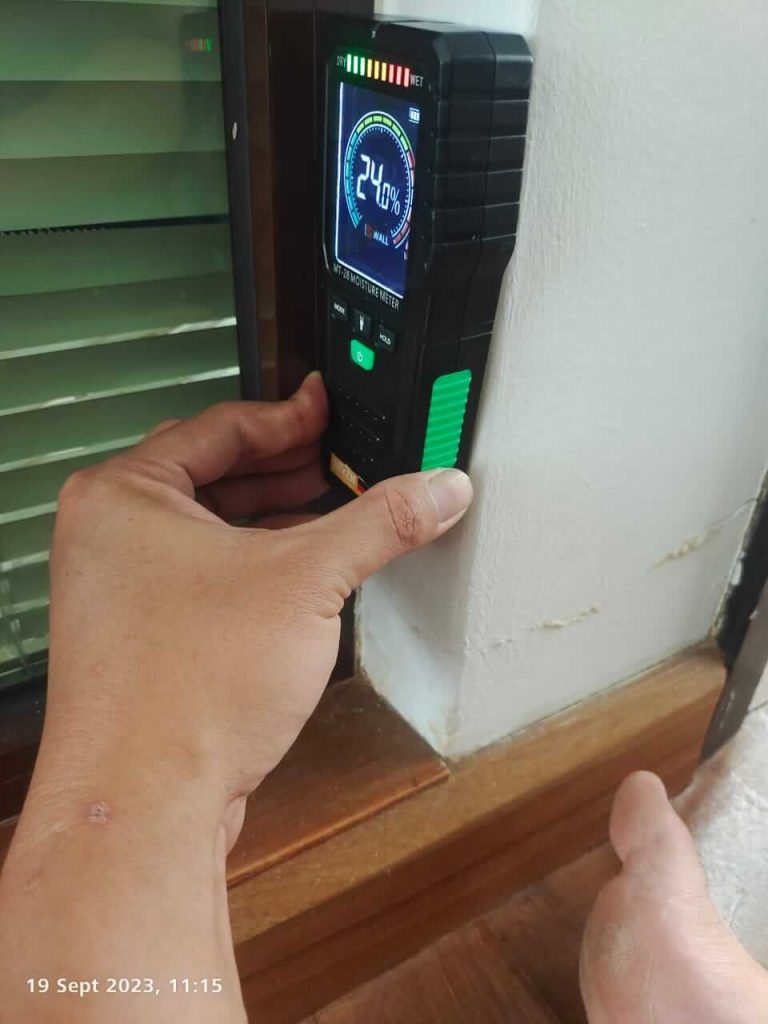
Expert Pipe Leak Detection and Repair Services for Walls
If you notice water stains or a musty smell in your home, it’s possible that you have a leaking pipe in your wall. It’s important to identify and repair the leak as quickly as possible to prevent further damage to your home. In this article, we’ll go over the causes of pipe leaks in walls, how to identify them, and what you can do to fix the problem.
Identifying a pipe leak in your wall can be difficult, as the leak may not be visible. However, there are some signs to look out for. Wet spots on your walls or ceilings, peeling paint or wallpaper, and a musty odor are all indicators of a possible leak. If you suspect a leak, it’s important to act quickly to prevent further damage to your home.
There are several causes of pipe leaks in walls, including age-related deterioration, high water pressure, and poor installation. Identifying the cause of the leak can help you determine the best course of action for repairing it. In the following sections, we’ll go over how to assess the damage and repair the leak, as well as when it’s best to call in a professional.
Key Takeaways
- A leaking pipe in your wall can cause serious damage to your home if left untreated.
- Identifying the signs of a leak and determining the cause can help you find the best solution.
- Depending on the severity of the leak, you may need to call in a professional to repair it.
Identifying a Pipe Leak in Your Wall
If you suspect a pipe leak in your wall, it’s important to act quickly to prevent further damage. Here are some steps you can take to identify and locate a pipe leak in your wall.
Signs of a Leak
There are several signs that may indicate a pipe leak in your wall. These include:
- Discoloration: Look for areas of your wall that appear discolored or have water stains. This may indicate that water is leaking from a pipe inside your wall.
- Dampness: If your wall feels damp or moist to the touch, this may also be a sign of a pipe leak.
- Musty Odor: If you notice a musty odor in your home, this may be a sign of mold growth, which can be caused by a pipe leak.
Locating the Leak
Once you’ve identified the signs of a pipe leak in your wall, the next step is to locate the source of the leak. Here are some methods you can use:
- Visual Inspection: Look for any visible signs of damage to your wall, such as cracks, holes, or bulges. These may be caused by a leaking pipe.
- Moisture Meter: Use a moisture meter to detect any moisture in your wall. This can help you pinpoint the location of the leak.
- Listening Device: Use a listening device, such as a stethoscope or a sound amplifier, to listen for any sounds of water running inside your wall. This can help you locate the source of the leak.
If you suspect that the leak is coming from an underground pipe, it’s important to contact a professional plumber. They will have the tools and expertise needed to locate and repair the leak without causing any further damage to your home.
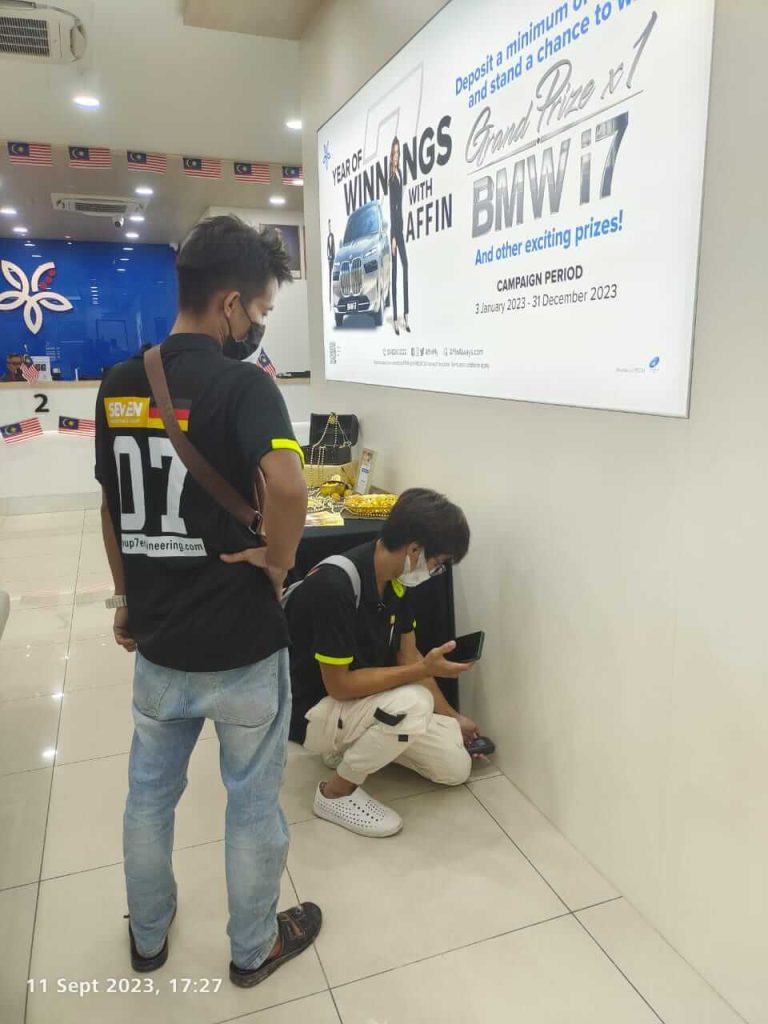
Causes of Pipe Leaks in Walls
If you notice water damage on your walls or hear dripping sounds coming from inside the walls, you may have a leaking pipe. It is important to address this issue as soon as possible to prevent further damage to your home. Here are some common causes of pipe leaks in walls:
Corrosion and Wear
Over time, pipes can deteriorate due to age-related corrosion and wear. If you have an old home with its original plumbing, the pipe materials will gradually corrode, leaving weakened areas. Once these corroded areas become too thin, water can seep out of the pipe, creating a slow, subtle leak. It is important to have your pipes inspected regularly to catch any corrosion or wear before it becomes a bigger problem.
High Water Pressure
Another common cause of pipe leaks in walls is high water pressure. If your home’s water pressure is too high, it can put extra stress on your pipes, causing them to weaken and eventually leak. It is important to have a pressure regulator installed to ensure that your home’s water pressure is within a safe range.
Pipe Joint Damage
Damage to pipe joints can also cause leaks in walls. Joints can become damaged due to age, wear and tear, or improper installation. If you notice water damage on your walls near a joint, it may be a sign that the joint is damaged and needs to be repaired or replaced.
By understanding the common causes of pipe leaks in walls, you can take steps to prevent them from happening in your home. Regular inspections and maintenance, as well as proper installation and water pressure regulation, can go a long way in preventing pipe leaks and water damage.

Assessing the Damage
When you have a pipe leaking in your wall, it’s important to assess the damage to determine the best course of action. Here are some steps you can take to evaluate the damage:
Evaluating Wall Damage
The first step is to assess the damage to your walls. Look for signs of discoloration, warping, or bubbling on your walls. These are all indications that water has seeped into your walls and is causing damage. If you notice any of these signs, it’s important to take action immediately to prevent further damage.
You may also want to consider using a moisture meter to measure the moisture levels in your walls. This can help you determine the extent of the damage and whether or not you need to remove any drywall or insulation.
Potential Mold Growth
When you have a pipe leaking in your wall, one of the biggest concerns is the potential for mold growth. Mold can start to grow in as little as 24-48 hours after water damage occurs, so it’s important to act quickly.
If you notice any signs of mold growth, such as a musty smell or visible mold on your walls, it’s important to address the issue immediately. Mold can cause a variety of health problems, including respiratory issues, allergies, and even neurological problems in some cases.
To prevent mold growth, it’s important to dry out your walls as quickly as possible. You may also want to consider using a dehumidifier to remove excess moisture from the air. If the mold growth is extensive, you may need to hire a professional mold remediation company to remove the mold and prevent it from spreading.
By taking these steps to assess the damage and address any issues as quickly as possible, you can minimize the damage caused by a pipe leaking in your wall and prevent further problems down the line.
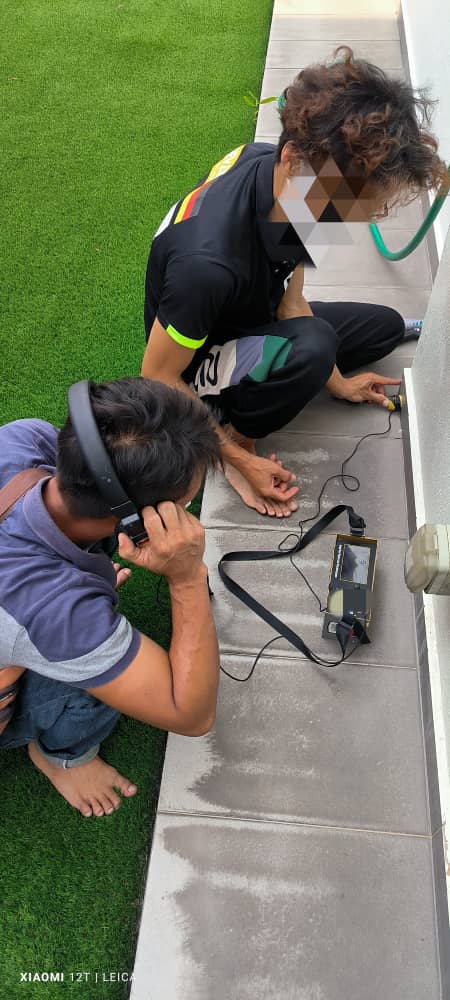
Professional Leak Repair
If you are not confident in your DIY skills or the leak is too severe, it is best to call a professional plumber. Here are some things to consider when choosing a plumber:
Choosing a Plumber
- Experience: Look for a plumber with extensive experience in leak detection and repair. This will ensure that they can quickly identify the cause of the leak and fix it efficiently.
- License and Insurance: Make sure that the plumber you choose is licensed and insured. This will protect you in case of any accidents or damages that may occur during the repair process.
- Customer Reviews: Check online reviews and ratings to see what other customers have to say about their experience with the plumber. This will give you an idea of their level of professionalism and quality of work.
Repair Techniques
When it comes to repairing a leaking pipe, there are several techniques that a professional plumber may use. These include:
- Spot Repair: This technique involves cutting out the damaged section of the pipe and replacing it with a new one. This is a good option for minor leaks that are located in an accessible area.
- Pipe Lining: This technique involves inserting a flexible lining into the damaged pipe and inflating it to create a new, leak-free surface. This is a good option for underground pipes or pipes that are difficult to access.
- Pipe Bursting: This technique involves breaking apart the damaged pipe and replacing it with a new one. This is a good option for severely damaged pipes or pipes that are too old to be repaired.
A professional plumber will be able to assess the severity of the leak and recommend the best repair technique for your specific situation. Remember, it is always better to call a professional if you are unsure about how to fix a leaking pipe.
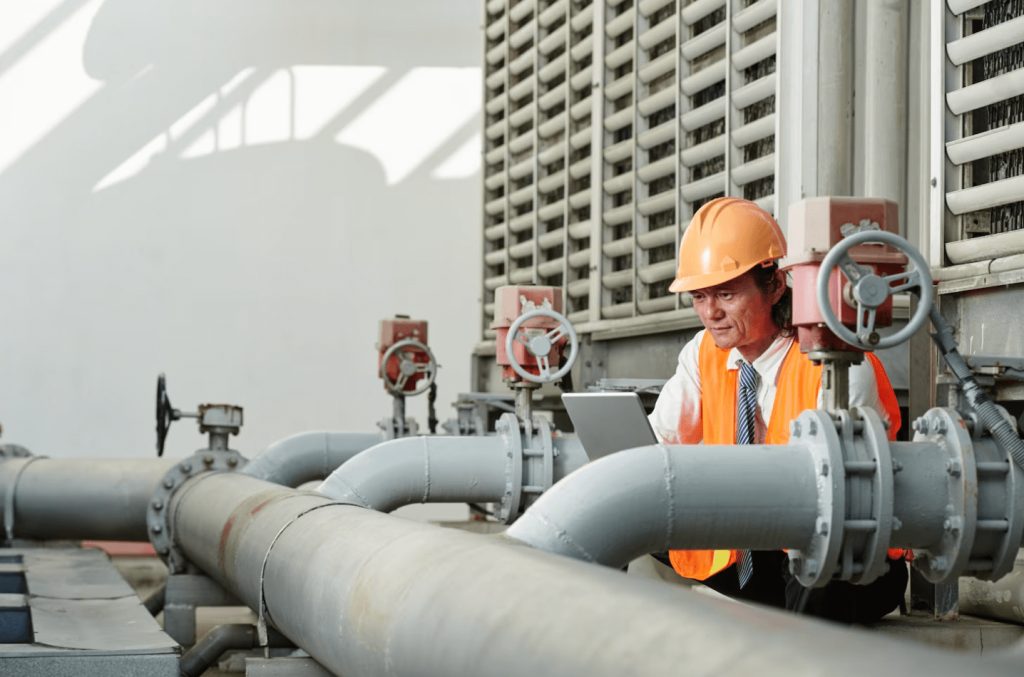
Frequently Asked Questions
What are the signs that indicate a pipe is leaking within a wall?
There are several signs that can indicate a leaking pipe within a wall. These include water stains on walls, ceilings, or floors, musty odors, mold growth, and a decrease in water pressure. If you notice any of these signs, it is important to investigate the issue promptly to prevent further damage.
How can one repair a pipe that has sprung a leak inside a wall?
Repairing a leaking pipe inside a wall can be a challenging task and should be left to a professional plumber. The plumber will use specialized tools to locate the source of the leak and repair or replace the damaged pipe. Attempting to repair the pipe yourself can lead to further damage and expensive repairs.
Who should be contacted when a water leak is detected inside a wall?
When a water leak is detected inside a wall, it is important to contact a licensed plumber immediately. A professional plumber will have the necessary expertise and equipment to locate and repair the leak before it causes further damage to your property.
What are the potential consequences of ignoring a leaking pipe within a wall?
Ignoring a leaking pipe within a wall can lead to serious consequences, including water damage, mold growth, and structural damage. Water damage can compromise the integrity of your walls, ceilings, and floors, while mold growth can pose a health risk to you and your family. Structural damage can affect the stability of your home and may require costly repairs
What methods are effective for stopping water leakage from pipes concealed in walls?
There are several methods that can be effective for stopping water leakage from pipes concealed in walls. These include epoxy pipe lining, pipe rerouting, and pipe replacement. A licensed plumber can recommend the best method for your specific situation.
How should one address water ingress from rain through walls or ceilings?
If you notice water ingress from rain through walls or ceilings, it is important to address the issue promptly to prevent further damage. This may involve repairing or replacing damaged roofing, gutters, or downspouts. It is also important to ensure that your home’s exterior is properly sealed to prevent water intrusion. If you are unsure how to address the issue, it is best to consult with a professional contractor.
Water Leak Underground: Causes, Signs, and Solutions
Water leaks underground can be a significant concern for homeowners, as they are often challenging to detect and can lead to costly damage if left
Seven Engineering and Professional Services: Advancing Global Expertise in Innovative and Inclusive Technology
In the rapidly evolving landscape of engineering and professional services, we see an undeniable trend towards leveraging advanced technology to empower experts around the globe.
Water Leakages Detected Malaysia: Nationwide Solutions and Prevention Strategies
Underground Water Leak Detection: Vital Approaches for Early Identification Key Insights Underground water leak detection is crucial for preventing water wastage and damage to infrastructure.
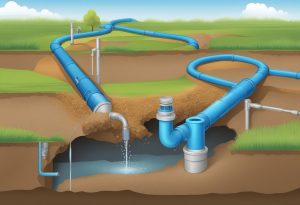
How are underground water leaks detected?
Underground Water Leak Detection: Essential Strategies for Early Discovery Underground water leaks are a pervasive issue that can lead to significant water wastage and financial
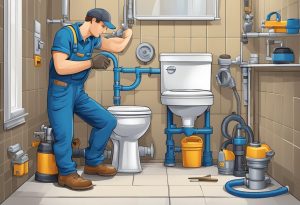
Toilet Repair: Essential Tips for Fixing Common Issues
Toilet repair is an essential aspect of home maintenance, as a properly functioning toilet is crucial for the comfort and hygiene of any household. Common

Plumbing Inspections Kuala Lumpur: Your Guide to Expert Services
When considering the purchase of a property in Kuala Lumpur, securing a plumbing inspection is a smart move that goes beyond just checking off a box. It’s
SEVEN ENGINEERING (BERLIN) GLOBAL TECH BHD
SEVEN ENGINEERING (BERLIN) INNOVATION DESIGN & SERVICES SDN BHD



